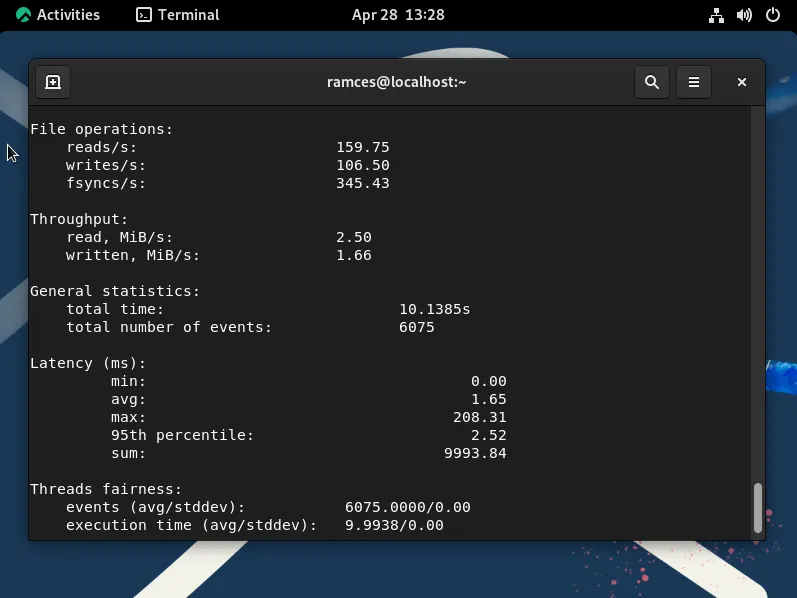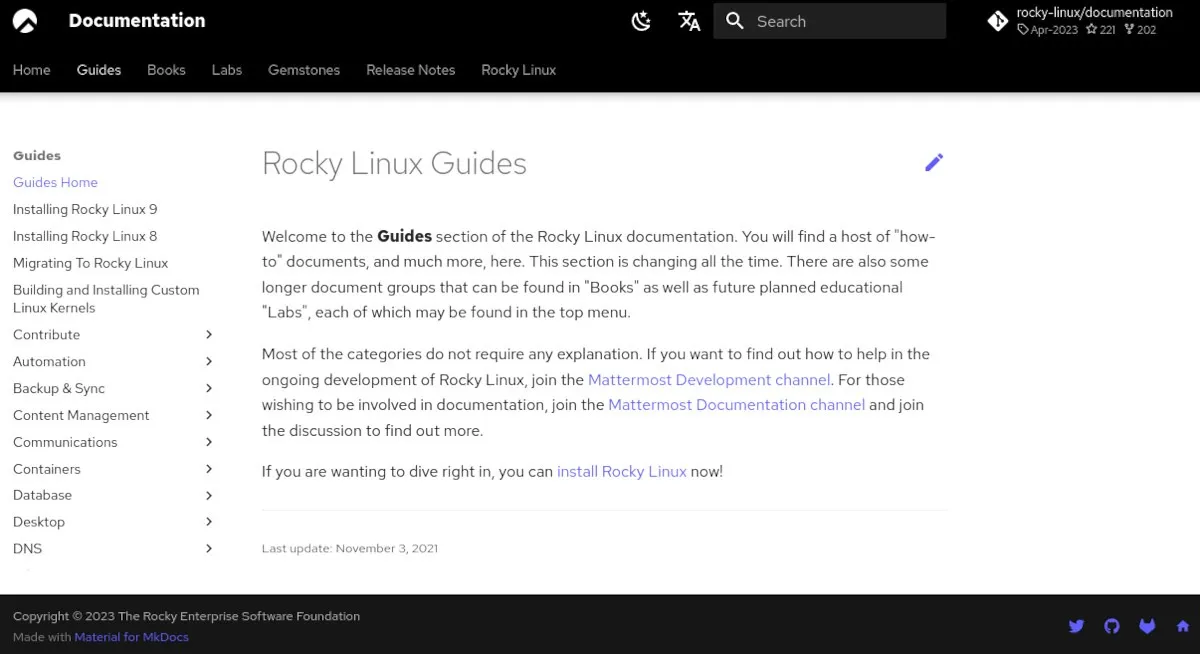AlmaLinux vs. Rocky Linux: The Best CentOS Alternative
CentOS used to be the distro choice for many developers and servers. However, as Red Hat chose to sunset CentOS and focus on CentOS Stream, both AlmaLinux and Rocky Linux have stepped up to fill the void left by CentOS.
This guide highlights the differences between AlmaLinux and Rocky Linux and shows what makes each distribution tick and why you might consider using one over the other.
1. Ease of Installation
One of the key features of CentOS was that it provided a flexible and intuitive installer that worked for a variety of computing demands. Both AlmaLinux and Rocky Linux provide a similar installation experience. They share the same CentOS installer interface and provide a similar list of default package templates.

This makes AlmaLinux and Rocky Linux easy to install on both bare metal and virtualized machines. For example, it is possible to configure both distributions to either be a minimal core server or full desktop workstation.

2. Ease of Migration
If you are looking to migrate out of CentOS, you will want to know which distro is the easiest to switch to.
AlmaLinux provides a shell script that can convert your CentOS system to AlmaLinux stable. Not only that, the developers also spearhead the ELevate project for upgrading older CentOS versions to other enterprise distros.

Similar to AlmaLinux, Rocky Linux also uses a shell script that converts CentOS to Rocky Linux. However, it does not provide any upgrade support for older CentOS systems.

3. Performance
To get a comparison of the performance between AlmaLinux and Rocky Linux, we ran the following commands on two virtual machines with similar system specs:
sysbench cpu --threads=2 run
sysbench memory --memory-block-size=1K --memory-block-size=2G run
sysbench fileio --file-total-size=10G --file-test-mode=rndrw prepare
sysbench fileio --file-total-size=10G --file-test-mode=rndrw run
sysbench fileio --file-total-size=10G --file-test-mode=rndrw cleanup
For the most part, AlmaLinux and Rocky Linux have produced comparable performance in sysbench. While AlmaLinux is slightly faster, both distros have similar numbers in file read-writes and overall CPU and memory latency.

However, it is important to note that the performance of your distro will largely depend on the hardware and the services that you run. For example, a database server on a hard disk will be slower compared to one that is running on an SSD.

4. Interface
Both AlmaLinux and Rocky Linux follow the CentOS formula by providing a prebuilt desktop template for workstation machines. However, unlike CentOS, both distros only ship with GNOME by default.

5. Ease of Use
A major draw for deploying an Enterprise Linux distro is the stable and consistent environment. This extends to the tools and workflows that make a system administrator’s job simple and predictable.
In that regard, AlmaLinux and Rocky Linux both follow the Red Hat Enterprise Linux (RHEL) standard. Both have the same tools, commands and features that you will find on any enterprise Linux distribution.
Using either AlmaLinux or Rocky Linux will be easy and familiar to an administrator with experience with CentOS and RHEL.
6. Ease of Troubleshooting
One of the strongest points of Rocky Linux is that it provides a stellar, in-house documentation of the entire distribution. This includes a “Guides Section” that shows how to deploy services and a comprehensive System Administrator handbook that can teach you how to maintain a Linux system.

On the other hand, AlmaLinux’s documentation is one of its weakest points. While the distribution maintains a community wiki, most of its contents are either incomplete or links to external third-party websites.

7. Community Support
The community is the lifeblood of every Linux distribution. They drive its development and serve as a support team that can help fix issues.
AlmaLinux has a passionate subreddit and Mattermost channel that can help with any issue you may come across. Not only that, the AlmaLinux community will often respond quickly to questions and are generally friendly to new users.

Rocky Linux has an active subreddit and Mattermost channel that can assist you with solving problems. However, community feedback and responses can be slower compared to AlmaLinux.

Wrapping Up: AlmaLinux vs. Rocky Linux
AlmaLinux and Rocky Linux are two highly capable and powerful enterprise Linux distributions. Both aim to provide a 1:1 compatibility with the latest RHEL version. Regardless of what you choose, your programs and scripts from CentOS will work out of the box.
Despite these similarities, AlmaLinux can perform slightly faster with basic benchmark tasks. Further, it has an active newbie-friendly community that can help you fix any issue. It all makes AlmaLinux the perfect choice if your machine needs to run quick, and you want a good community-supported system.
Rocky Linux’s strength lies in its documentation that covers both system and service deployment. Its comprehensive nature can serve as a good introduction to Linux for new system administrators. Rocky Linux is a great fit if you are new to Enterprise Linux and want to understand how it works.
FYI: another great way to understand Linux is to install it from the ground up using Gentoo.
Frequently Asked Questions
Is it possible to switch between AlmaLinux and Rocky Linux?
Yes. Both the AlmaLinux and Rocky Linux scripts allow you to migrate between either distribution. However, the Rocky Linux migration script will only work on AlmaLinux 8.7 and 9.1.
Can you install other desktops on AlmaLinux and Rocky Linux?
Yes. You can use the EPEL repository to install any desktop environment that you need on AlmaLinux and Rocky Linux.
Is it possible to migrate a CentOS 7 system to AlmaLinux and Rocky Linux?
Yes and no. There is no direct path to upgrade a CentOS 7 system to the most recent AlmaLinux and Rocky Linux distributions. Despite this, you can still migrate your system by updating to CentOS Stream first, then changing to either AlmaLinux or Rocky Linux.
Image credit: Unsplash and Wikimedia Commons. All alterations and screenshots by Ramces Red.
Leave a Reply